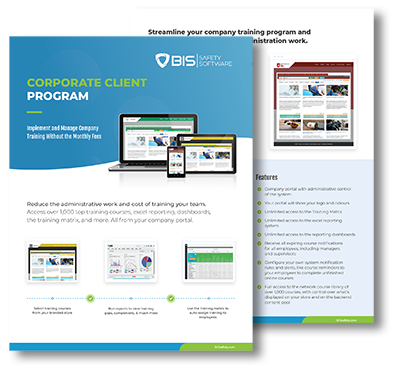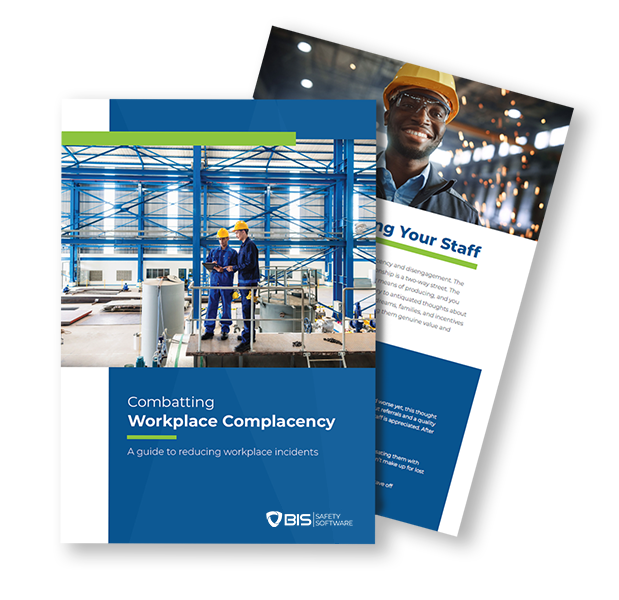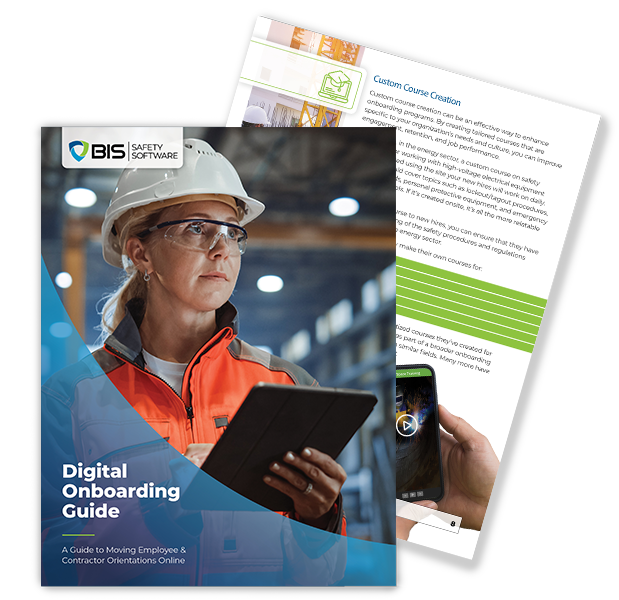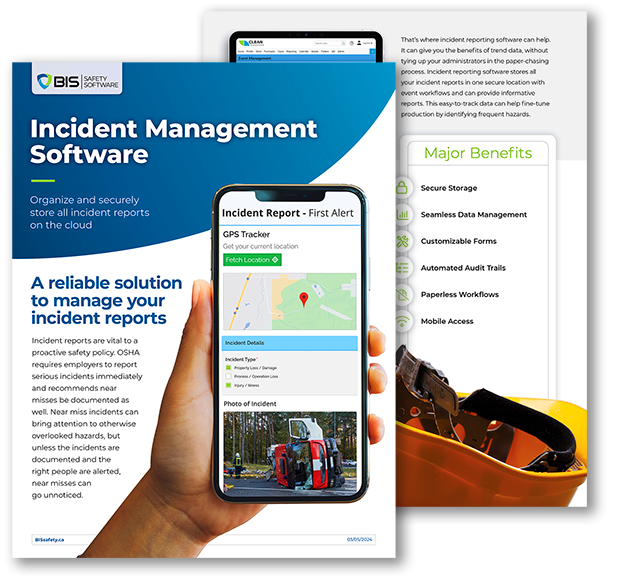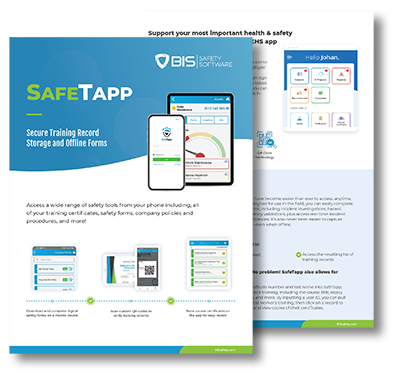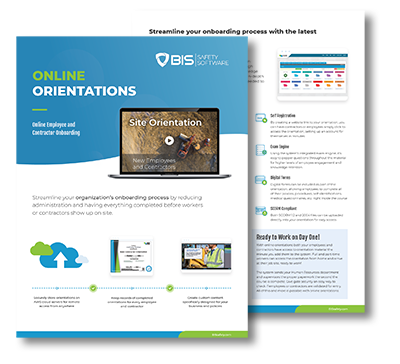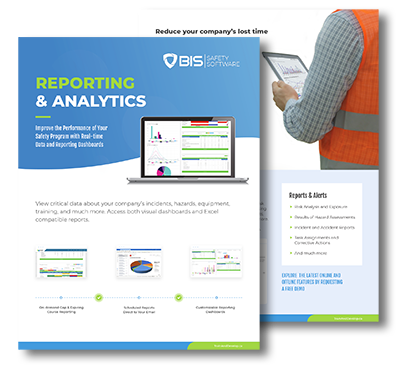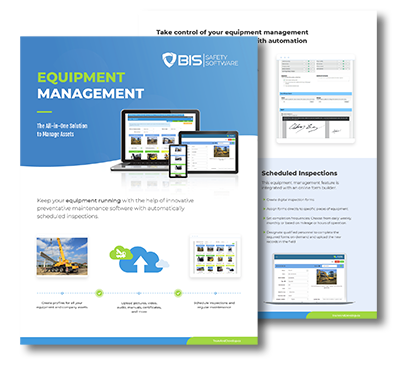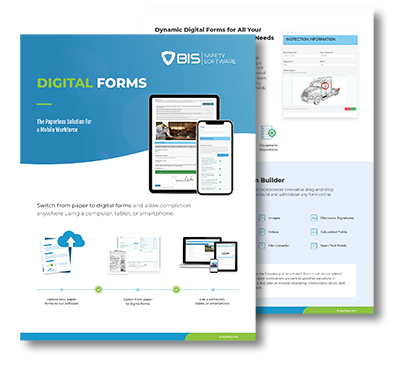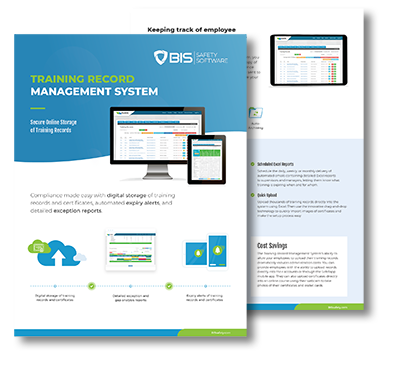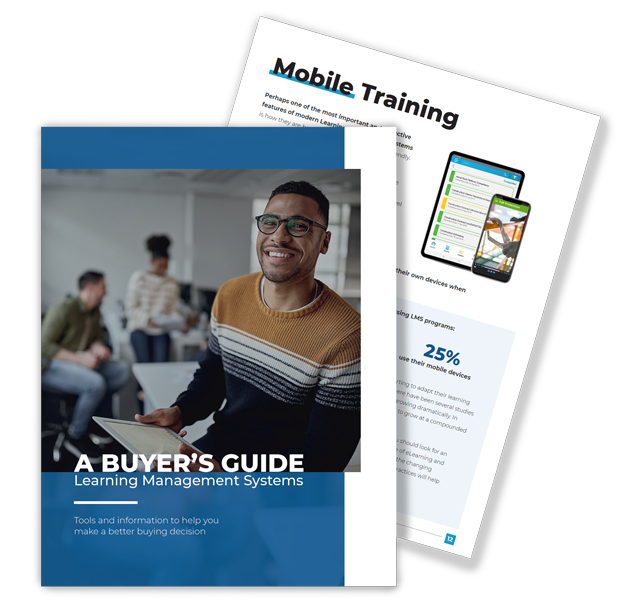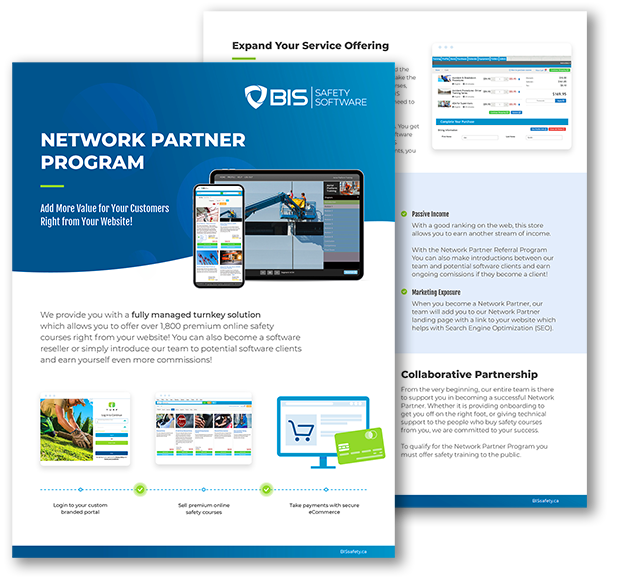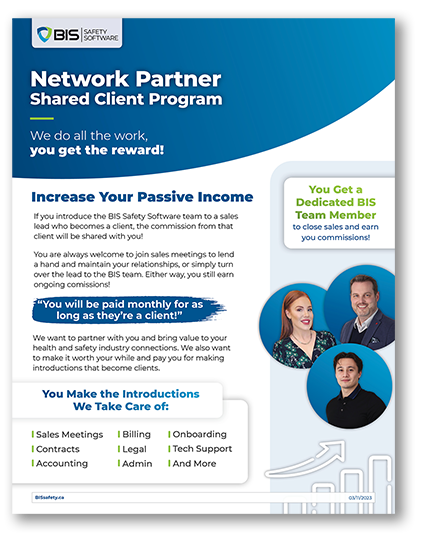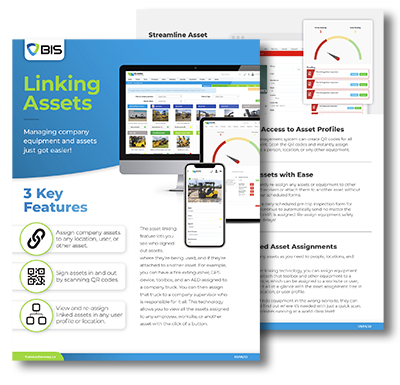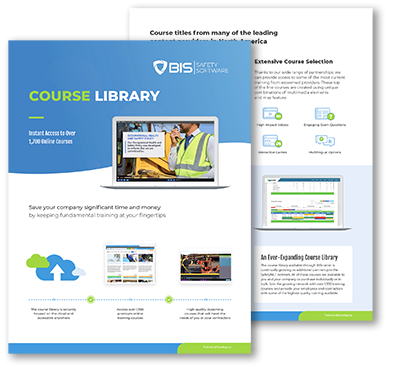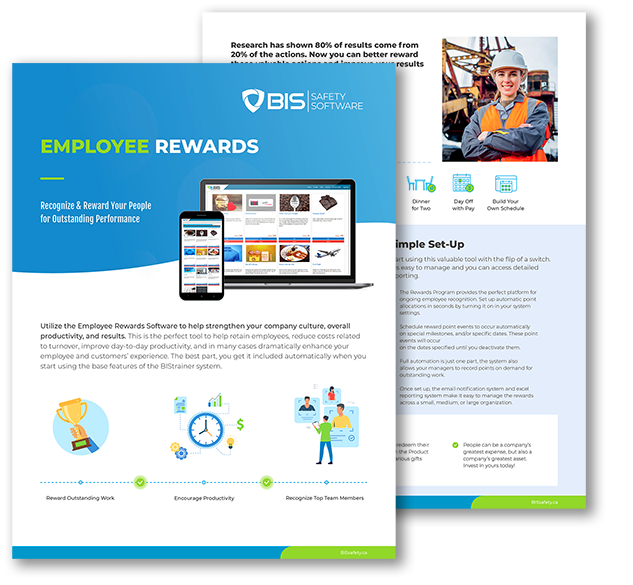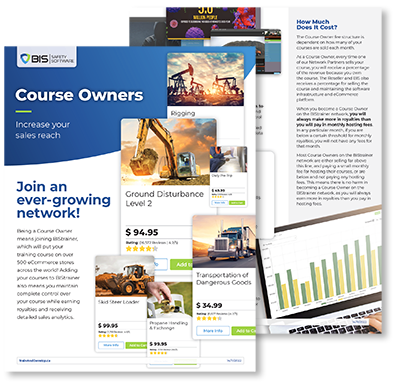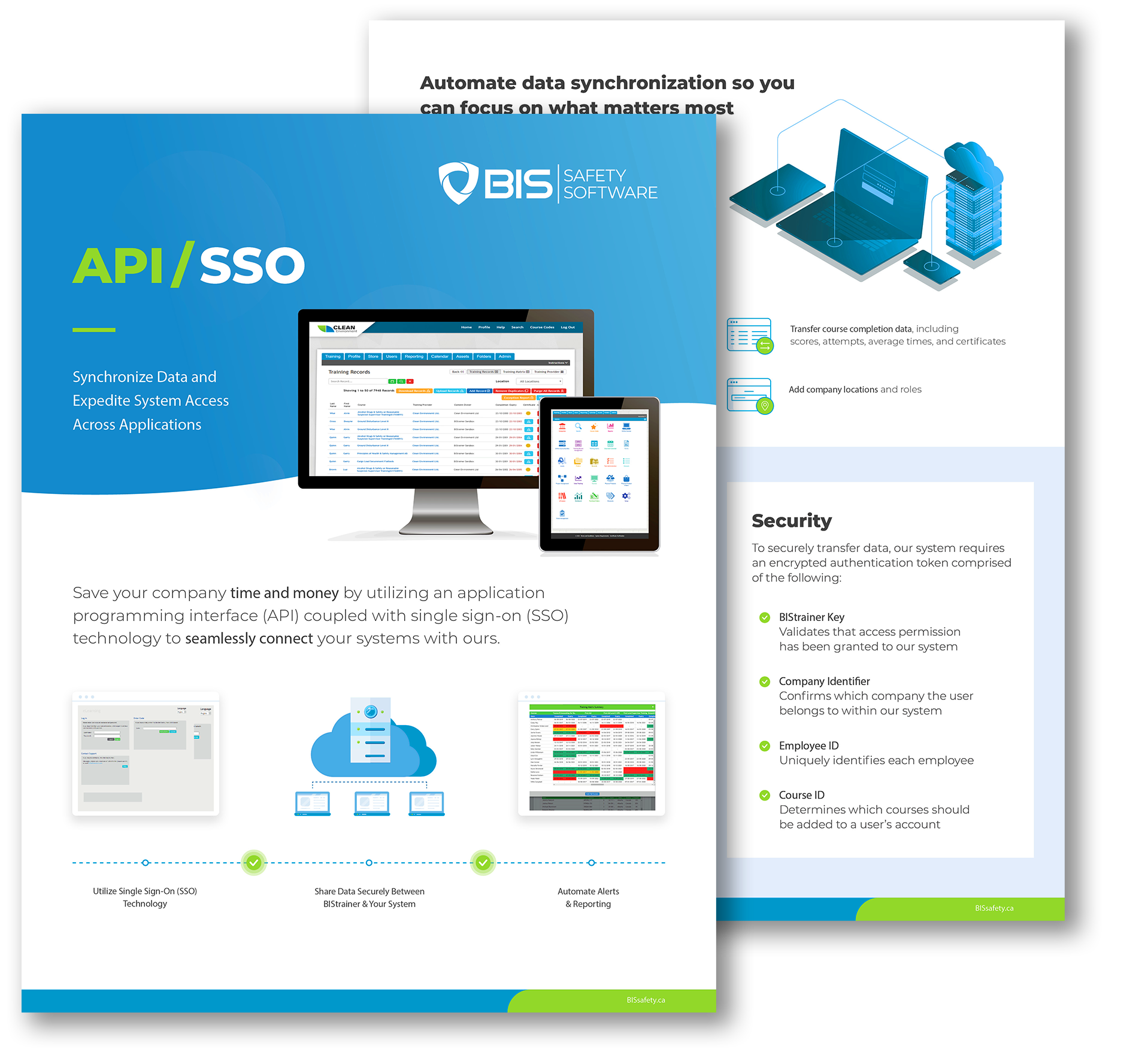Virtual Reality, Real Safety

Home Carrie Parashar Jennifer Lastra’s Mission to Save Lives Lorem ipsum dolor sit amet, consectetur adipiscing elit. Ut elit tellus, luctus nec ullamcorper mattis, pulvinar dapibus leo. March 24, 2025 By admin “Compliance doesn’t equal competence. We have to do better.” Jennifer Lastra started her career as an electrician in the US Navy. She spent years working in shipbuilding and manufacturing as boots on the ground. She was welding in shipyards, running electrical lines in high-risk environments. This was real work, alongside people who did dangerous jobs every day. Then she saw the gaps—massive gaps in how safety was taught, understood, and retained. “I didn’t even realize how unsafe shipboard construction was until years later. You’re working with electricity on water. And yet, we weren’t taught about self-awareness or situational awareness the way we should have been. We were just thrown in.” Jennifer Lastra Today, Lastra is on a mission to change that. As the CEO of 360 Immersive, she’s pioneering the use of virtual reality (VR) in safety training. Her firm creates deeply immersive experiences. This is training that forces workers to engage, react, and remember. Her philosophy is simple: traditional training isn’t working. And if the fatality rates prove anything, it’s that the industry is long overdue for disruption. Key Takeaways Lorem Ipsum is simply dummy text of the printing and typesetting industry. Lorem Ipsum has been the industry’s standard dummy text ever since the 1500s, when an unknown printer took a galley of type and scrambled it to make a type specimen book. It has survived not only five centuries, but also Lorem Ipsum is simply dummy text of the printing and typesetting industry. Lorem Ipsum has been the industry’s standard dummy text ever since the 1500s, when an unknown printer took a galley of type and scrambled it to make a type specimen book. It has survived not only five centuries, but also Lorem Ipsum is simply dummy text of the printing and typesetting industry. Lorem Ipsum has been the industry’s standard dummy text ever since the 1500s, when an unknown printer took a galley of type and scrambled it to make a type specimen book. It has survived not only five centuries, but also Lorem Ipsum is simply dummy text of the printing and typesetting industry. Lorem Ipsum has been the industry’s standard dummy text ever since the 1500s, when an unknown printer took a galley of type and scrambled it to make a type specimen book. It has survived not only five centuries, but also From the Navy to Night Vision to VR After the Navy, Lastra moved into shipbuilding. After that — manufacturing, making night vision goggles for military and emergency responders. She loved the sense of service—helping those who protect others. But eventually, she felt the pull to do something on her own. She wanted to build something. And in 2012, she saw her opportunity: virtual reality. “We started being able to pair cell phones with VR viewers,” she says. “Even if it was just cardboard headsets, I knew this technology had the power to completely immerse someone. And if you can immerse them, you can change their behavior.” Jennifer Lastra But Lastra isn’t a tech person. She never set out to be one. What drew her in wasn’t the hardware—it was the potential. “It was the perfect storm,” she says. “Entrepreneurship, powerful technology, and the chance to fix something I knew was broken.” She took that vision and started building. At first, there were skeptics. Some dismissed VR as a gimmick, a novelty. But as more companies saw the results, they realized she was onto something. “When workers go through VR training, they retain more. They react faster. They make better decisions under pressure,” she says. “It’s not theory—it’s science.” Related read: Do you own a business in the insurance industry? Check out how Artificial Intelligence is transforming the insurance industry. Fixing the Gaps in Safety Training For Lastra, the problem with traditional safety training is that it’s passive. Workers sit through hours of slide decks, printed manuals, and video lectures. They check a box, take a test, and move on. But does any of it stick? “Most safety training today is outdated and ineffective,” she says. “We’re giving workers information, but we’re not engaging them. And when the moment comes—when they’re in a real situation—what do they actually remember?” She saw the problem firsthand in her early career. She was dyslexic, struggling to translate technical training into real-world action. “I could pass any test you threw at me,” she says. “But when I got to the fleet, I had no idea how to apply it.” That disconnect drives her work today. 360 Immersive doesn’t just build training programs—it builds experiences. Using VR, workers are placed in hazardous environments. They react, make decisions, and see the consequences of those decisions play out in real time. “The goal is to meet learners where they are,” she says. “Some people learn by reading, some by doing. VR lets us close that gap. It creates a scenario they’ll never forget.” And it’s not just about skill development. VR can replicate real-life pressures. Confined spaces, operating machinery under stress, reacting to an unexpected hazard. “Training should be as close to reality as possible,” Lastra says. “That’s how people learn. That’s how we save lives.” The Next Big Fight: Psychological Safety For Lastra, fixing safety training isn’t just about hazards and compliance—it’s about mindset. She believes the most overlooked factor in workplace safety is psychological safety. “I spent my early career being the only woman on my ship,” she says. “I didn’t feel safe enough to raise my hand and ask a question, even when I didn’t understand something. How many people are in that same position today?” She argues that fear stops workers from speaking up about unsafe conditions. Fear of looking stupid. Fear of retaliation. Fear of being ignored. “People don’t report hazards if they don’t feel like they belong. If they don’t
Revolutions in Safety

Home Revolutions in Safety How Dr. Johanna Pagonis is “Womaning Up” Lorem ipsum dolor sit amet, consectetur adipiscing elit. Ut elit tellus, luctus nec ullamcorper mattis, pulvinar dapibus leo. March 5, 2025 By Luke Hillenbrand Dr. Pagonis Puts People and Psychology at the Center. ————————————————————————— “You can have the best systems and equipment. But, if people aren’t empowered to speak up, you’ll always fall short.” Dr. Johanna Pagonis ————————————————————————— That’s the philosophy guiding Dr. Johanna Pagonis, founder of Sinogap Solutions. Dr. Pagonis, an expert in leadership and psychological safety, has redefined how organizations view safety. Her approach is simple but profound; safety starts with people. Their voices, their courage, and their ability to lead from the heart. Falling Into Safety: A Career Reimagined When Dr. Pagonis launched Sinogap Solutions, her focus wasn’t on safety. But a conversation with a former colleague, Christopher Spasoff, changed her perspective. “Christopher is an occupational health and safety lawyer. He told me, ‘What you’re teaching—emotional intelligence, leading with the heart—this is what the safety industry needs,’” Dr. Pagonis recalls. That idea stuck with her. Dr. Pagonis’ early work focused on mental and psychological health, not physical safety. “I can’t tell you how to design an organization for physical safety,” she admits. “But I can tell you how to empower people to use the tools and systems you’ve already put in place.” For Dr. Pagonis, this is the core of the problem. “Checklists and high-tech gear won’t help. If people don’t feel safe challenging the status quo or proposing new ideas, you won’t achieve your safety goals,” she says. Her mission was clear: teach groups to create safe, innovative, and collaborative environments. Her leap into safety wasn’t just about identifying gaps; it was about bridging them. As she consulted with organizations, she found that psychological safety wasn’t a fringe concept. It was a foundation. “It’s not something you tack on,” she says. “It’s woven into every conversation, every decision.” Psychological Safety as the Foundation Dr. Pagonis’ work centers on psychological safety. The idea that people should feel safe to take risks without fear of punishment is a spearhead. “Organizations often focus on the tangible aspects of safety,” Dr. Pagonis explains. “But psychological safety is just as important. Without it, even the best tools and processes will fail.” Dr. Pagonis trains leaders, through Sinogap Solutions, to create safe spaces. Employees should be able to voice concerns and suggest solutions without fearing retaliation. She emphasizes that this isn’t about creating a “bubble-wrapped” workplace. ————————————————————————— “Psychological safety isn’t about avoiding hard conversations. It’s about having the courage to speak up and challenge the system when it’s needed.” Dr. Johanna Pagonis ————————————————————————— Her training programs teach leaders to be vulnerable, build trust, and listen with empathy. “If leaders don’t set the tone, no one else will,” Dr. Pagonis says. “Brené Brown says it best: what a leader does gives permission for others to do the same.” One of her favorite teaching tools is role-playing difficult conversations. “People often freeze when they’re in the moment,” she explains. “Practicing scenarios teaches them to face challenges without shutting down or escalating.” Dr. Pagonis also emphasizes the importance of consistency. “You can’t build trust with one grand gesture,” she says. “It’s the small, daily actions that matter most.” Key Takeaways Lorem Ipsum is simply dummy text of the printing and typesetting industry. Lorem Ipsum has been the industry’s standard dummy text ever since the 1500s, when an unknown printer took a galley of type and scrambled it to make a type specimen book. It has survived not only five centuries, but also Lorem Ipsum is simply dummy text of the printing and typesetting industry. Lorem Ipsum has been the industry’s standard dummy text ever since the 1500s, when an unknown printer took a galley of type and scrambled it to make a type specimen book. It has survived not only five centuries, but also Lorem Ipsum is simply dummy text of the printing and typesetting industry. Lorem Ipsum has been the industry’s standard dummy text ever since the 1500s, when an unknown printer took a galley of type and scrambled it to make a type specimen book. It has survived not only five centuries, but also Lorem Ipsum is simply dummy text of the printing and typesetting industry. Lorem Ipsum has been the industry’s standard dummy text ever since the 1500s, when an unknown printer took a galley of type and scrambled it to make a type specimen book. It has survived not only five centuries, but also Breaking Barriers in Male-Dominated Industries Dr. Pagonis’ work often intersects with male-dominated fields like law enforcement, construction, and transportation. Her course, “Women Up: Ignite the Leader in You,” addresses the unique challenges women face in these environments. “When I started my career, I spent years in male-dominated spaces,” Dr. Pagonis shares. “As a female civilian in law enforcement, I had to earn credibility in ways my male counterparts didn’t.” Those experiences inspired her to create programs that equip women with the skills and confidence to lead. The Women Up course is on its seventh cohort. The program focuses on building confidence, fostering executive presence, and navigating difficult conversations. “One of the biggest challenges women face is confidence,” Dr. Pagonis says. “Whether it’s speaking up in meetings or advocating for themselves, the gap often isn’t in skills but in belief.” One success story stands out. A participant in the inaugural cohort was a senior executive. She was acting in a temporary role while competing for a permanent promotion. The decision-makers passed her over, claiming she was “stressed” and needed “protection.” Dr. Pagonis calls this a classic case of benevolent sexism. “Her male peers were never told they weren’t promoted because someone needed to protect them,” she notes. They denied her opportunities despite her clear qualifications. The program taught the executive to frame her concerns. It also helped her control her emotions in high-stakes talks. “She went back to her boss, asked him to advocate for her,


